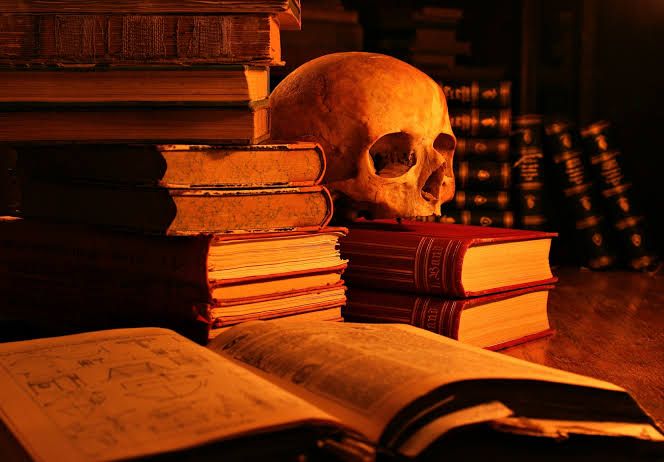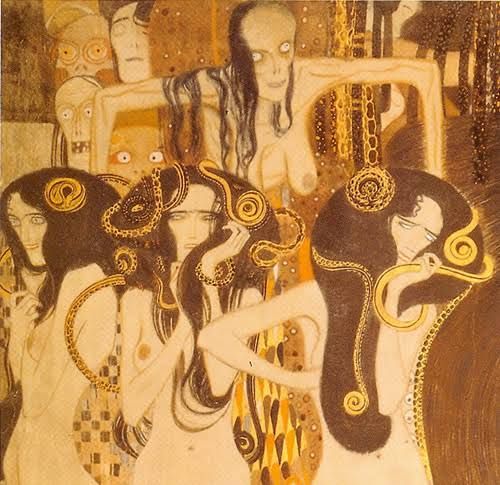Death In Literature
Jun 13, 2019 • 31 views
Death exists, not as the opposite but as a part of life.
Death surrounds us and our everyday life, something that we adapt and accept. People have their own ideas and attitude towards it and many consider this to be a tragic event and for those who suffered greatly, livedtheir life miserably and hopelessly, death actually becomes a relief to them. Death effects not only one person, but also those around him or her.
The theme of death exists as one of the defining elements in the writing of modern poets, dramatists, and novelists.Literature provide us with various ways of approaching death and imagining it from different perspectives. Some literary genres like elegies, lamentations, etc are intentionally written as reactions to the loss ofsomeone or something and literature act as a consolation for those who are suffering. In comedy, violence may hurt but at the end the victim always survives, whereas opposite happens in tragedy which typically represents a meaningful and dramatic grand- scale death, for example Shakespeare’s 'King Lear'. The plot of classical tragedy is basedon suffering which often ends with the premature death of the tragic hero which is related with the development of self-recognition.

Modern writers presented death as the ultimate existential dilemma which arouses terrible anxiety as it opens up for self-discovery. Death is often perceived within a larger context. It is seen as part of the natural cycle of decay and renewal, treated as a source of laughter, opted for humorous ends by black comedy writers and playwrights of absurd drama, who recognized the high seriousness related to this subject, for example Samuel Beckett's 'Waiting For Godot'. Over the years Death in literature have been aligned with the ideas of escape, alienation, and also with the sources of meaning and the creation of literature itself.
That it will never come again is what makes life so sweet
In the modern novel and short story death has a ever lasting presence. Critics observe an obsessive concern with human mortality in the works of Franz Kafka and D. H. Lawrence, which creates states of alienation, anxiety, and a state to escape the omnipresent forces of death and decay.
Writers like Gertrude Stein and Italo Svevo in Confessions of Zenoportrayed the contemplation of human mortality that leads to an understanding of personal identity and provides a meaning in life. Writers of the contemporary era have also often focused on the comic qualities of death under the idea of "black humor" fiction.Some of the famous American poets like Walt Whitman and Emily Dickinson also focused on the ideas of mortality and immortality which are very much evident in their poems like 'When Lilacs Last in the Dooryard Bloom'd'; 'Because I Couldn't Stop for Death', etc.

Literature offers insights into death in multiple ways, thus death is an useful element in literature. It not only provides the reader the fictional encounters with death but the stories also use death in their narrations to create emotional effects, plot twists, suspense and mysteries. More importantly, death and story telling seem to have a fundamental and existential connection.
From my rotting body, flowers shall grow and I am in them and that is eternity
At the metaphorical level, death can be used to mark issues that need to be alienated or in other words, abjected. Abjection is Julia Kristeva’s concept which refers to something that has been a part of the human beings, but after separation from the subject it brings threat to identity and thus needs to be cut loose. The connection with death can mark social issues as marginalized. Several vampire stories, for example, use the intimate and sexual relationship with death to mark active sexuality as horrendous for example Bram Stoker’s novel 'Dracula'.
Thus, in literature death exists as a part of the narrations, symbols,metaphors and character traits. It also reaches outside literature’s own realm and discusses death-related social issues. Literature itself can be considered as immortal, as novels, poems and short stories live through imitations and find new generations of readers.
